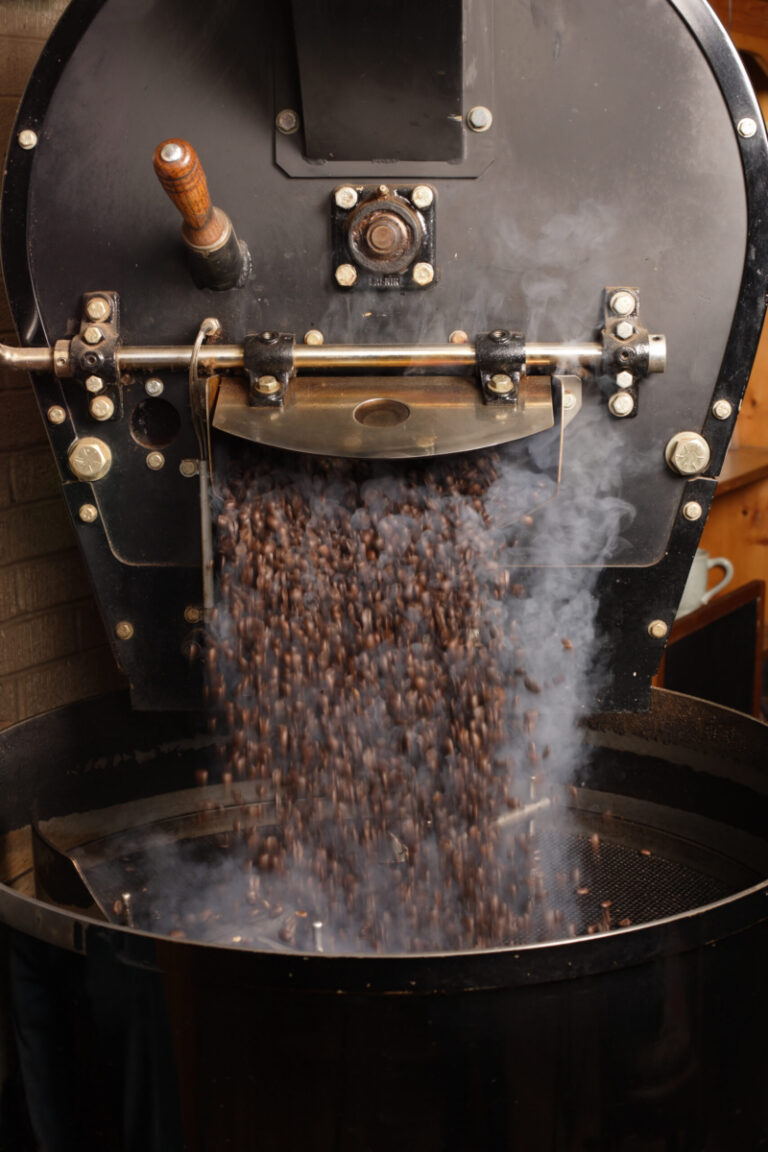Our Roast Guide
Welcome to our Roast Guide. The Roast Guide is part two of our myroast™ guides developed to help you gain an understanding of everything coffee!
Whether you're a seasoned coffee drinker or just starting to explore the world of coffee, our guides are here to help you understand everything from the basics to the nuances of coffee brewing.
Ready to start discovering the range of coffee on offer now?



